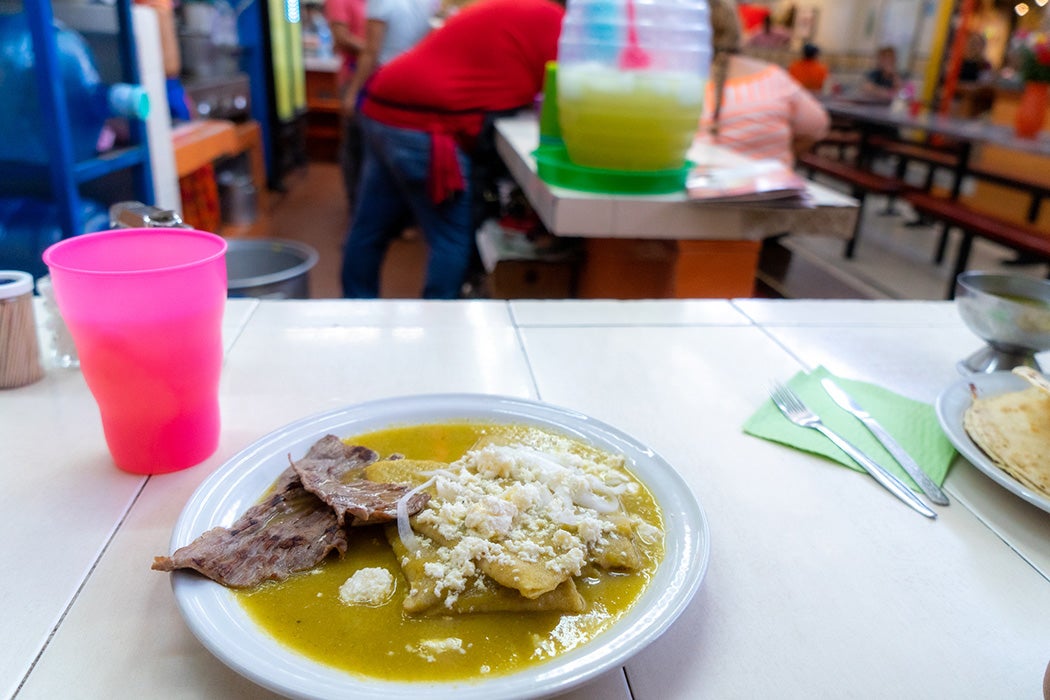On the hunt for where to grab their next bite, scores of diners in the United States will fire up restaurant review platform Yelp’s website and type into the search bar—what else? “Authentic.”
“For Yelp’s readers, it is a modern Baedeker: an urbanite’s guidebook for food adventuring on the margins of the gentrifying city,” historian Dylan Gottlieb writes of the website’s predominantly affluent, college-educated user base. “Yet the irony here is stark: in their search for authentic experiences, Yelpers glorify the very people that gentrification threatens to marginalize.”
To see how crowd-sourced comments can “help us to understand something about the multiethnic, postindustrial city,” Gottlieb reviewed write-ups of Mexican eateries in South Philadelphia. He found that the keyword “authentic” was overwhelmingly applied by reviewers to “some variety of ethnic cuisine.” Further, a quick scroll showed that “ethnic cuisine” tended to be Mexican food.
But how Yelp users determine what is and isn’t authentic turns out to rely heavily on “scenic cues,” especially from the décor and the perceived ethnicity of restaurant employees and fellow patrons.
“On this front, Yelp’s savvy consumers consider themselves to be above manipulation. They read the sombreros, paper cacti, and piñatas of ‘Americanized’ Mexican restaurants as heavy-handed pandering,” Gottlieb writes. Instead, they “heap praise on spaces that are ‘small,’ ‘dingy,’ ‘cramped,’ or ‘dusty,’” notably defining Mexican authenticity in ways that they would not apply to some other ethnic cuisines.
For example, one Yelp user suggested that authentic Mexican food “should be ‘dirty,’ ‘strange,’ ‘exotic,’ even a little ‘scary,’” Gottlieb reports. In contrast, reviews for a popular Italian restaurant emphasize that it’s “‘minimalist’ and ‘cozy’—never ‘cramped’ or ‘dingy,’” and certainly not scary.
Gottlieb concludes that reviewers employ such rhetoric on Yelp to feel hip. Their reviews distinguish them from “an imaginary straw man—the suburbanite or yuppie—who refuses to consume a sufficient amount of ethnic difference,” and they try to position themselves as “knowledgeable and effortlessly cosmopolitan” connoisseurs of genuine Mexican food.
They may know much less than they think. While the Philadelphia-based reviewers often name-dropped their Californian upbringing to burnish their credentials and “lament Philadelphia’s dearth of authentic Mexican food,” Gottlieb observes that they seem ignorant of how many eateries in Philadelphia are owned by immigrants from the same small town in the state of Puebla. Often the menu at these joints are “a selection of Poblano specialties: pipián blanco (a turkey stew with peanuts), chiles en nogada (fried peppers stuffed with ground meat and fruit), and, especially, mole poblano (a rich sauce made of charred chilies, nuts, spices, and chocolate).”
Weekly Newsletter
Many Californian Mexican dishes were invented in the US, and those that weren’t usually originated in Jalisco or Michoacán. Yet “very few of Philadelphia’s own Yelpers bother to mention these regional particularities—even when the names of the restaurants they are reviewing contain the words ‘Puebla’ or ‘Veracruz,’” writes Gottlieb, adding, “This reminds us that authenticity is never an objective or static category.”
In light of how many restaurant jobs such as cooks, cashiers, and janitors are filled by low-wage immigrants, Gottlieb also points out the relative absence of immigrant voices from Yelp.
“How do those not represented on the site find a venue to challenge, refigure, and resist the power of Yelpers’ consumer narratives?” he asks. “If urban cosmopolitans hope to move past mere multiculturalism toward inclusion and equality, they might begin by Yelping less and listening more.”
Support JSTOR Daily! Join our new membership program on Patreon today.







